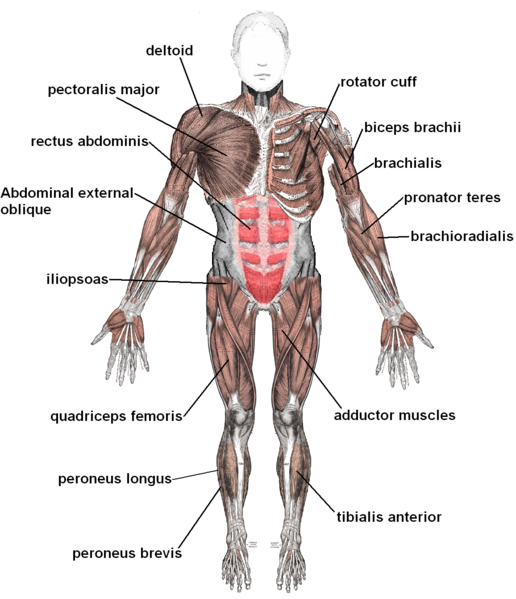Also called PAD.
Peripheral arterial disease (PAD) happens when there is a narrowing of the blood vessels outside of your heart. The cause of PAD is atherosclerosis. This happens when plaque, a substance made up of fat and cholesterol, builds up on the walls of the arteries that supply blood to the arms and legs. The plaque causes the arteries to narrow or become blocked. This can reduce or stop blood flow, usually to the legs, causing them to hurt or feel numb. If severe enough, blocked blood flow can cause tissue death. If this condition is left untreated, a foot or leg may need to be amputated.
A person with PAD also has an increased risk of heart attack, stroke and transient ischemic attack. You can often stop or reverse the buildup of plaque in the arteries with dietary changes, exercise, and efforts to lower high cholesterol levels and high blood pressure.
NIH: National Heart, Lung, and Blood Institute
 howMed Know Yourself
howMed Know Yourself


